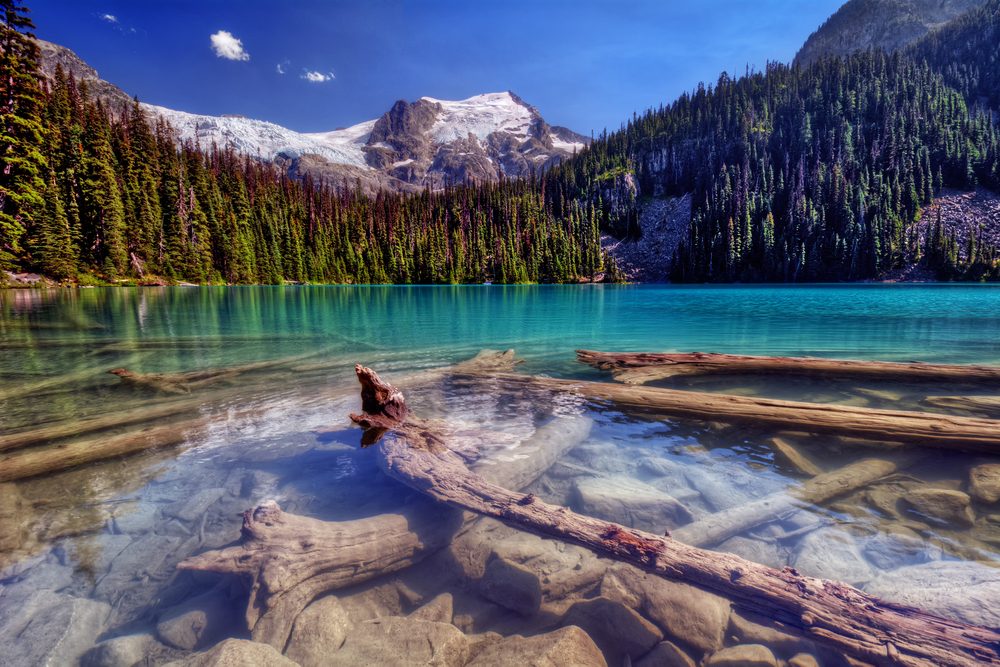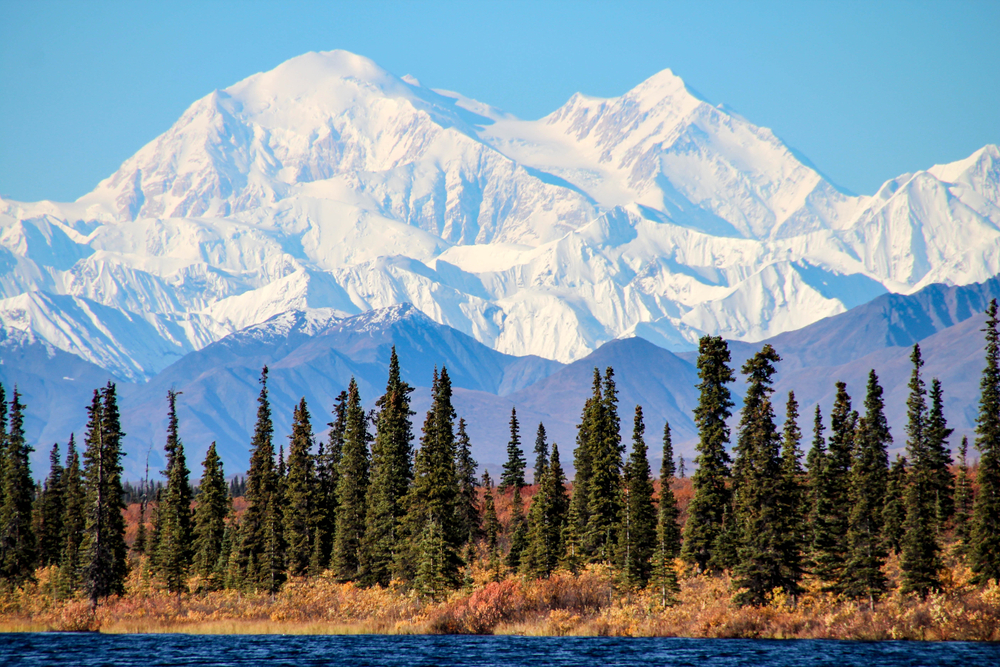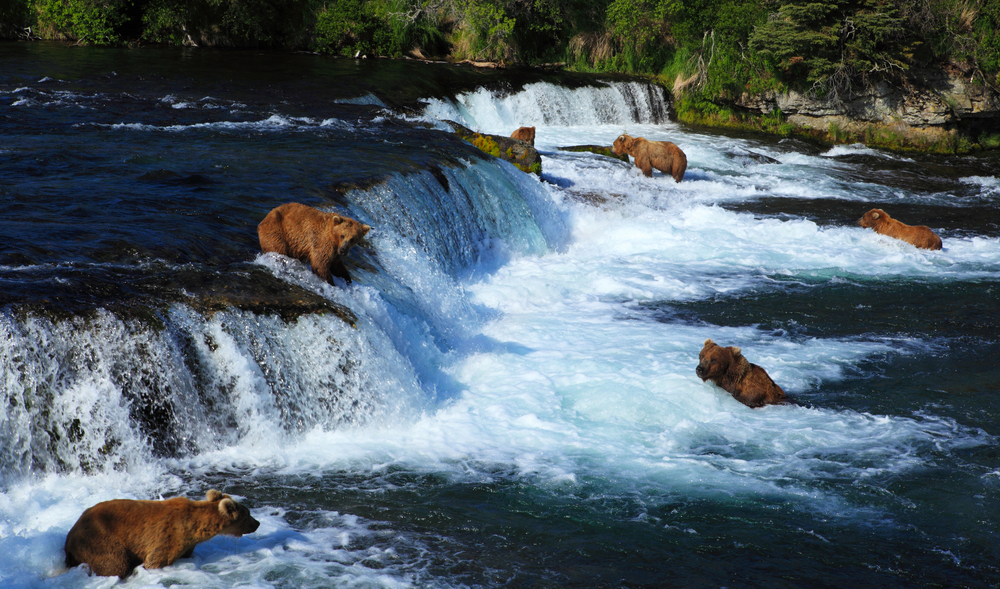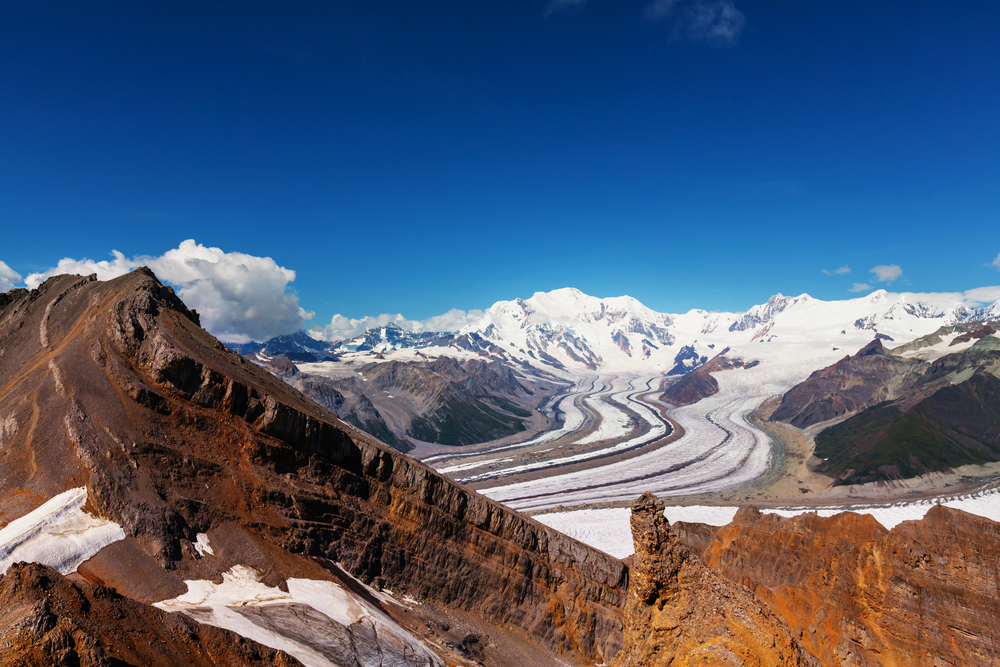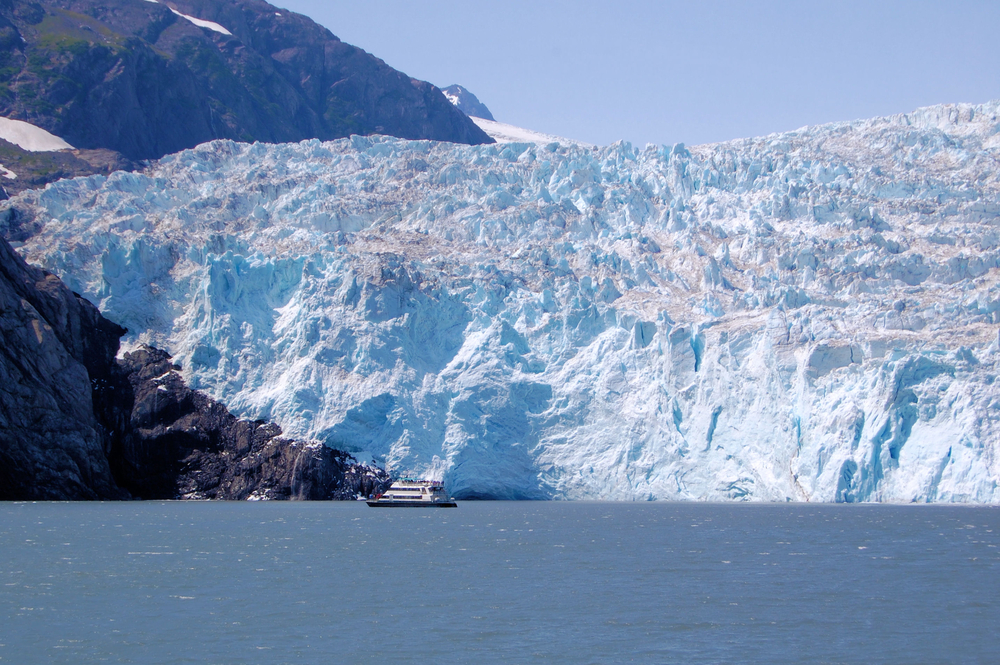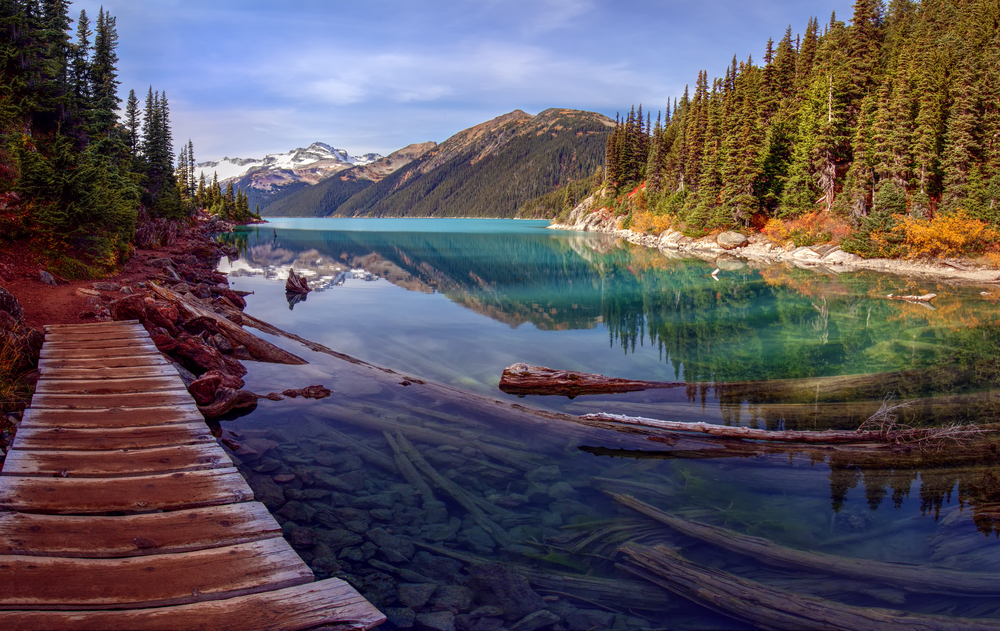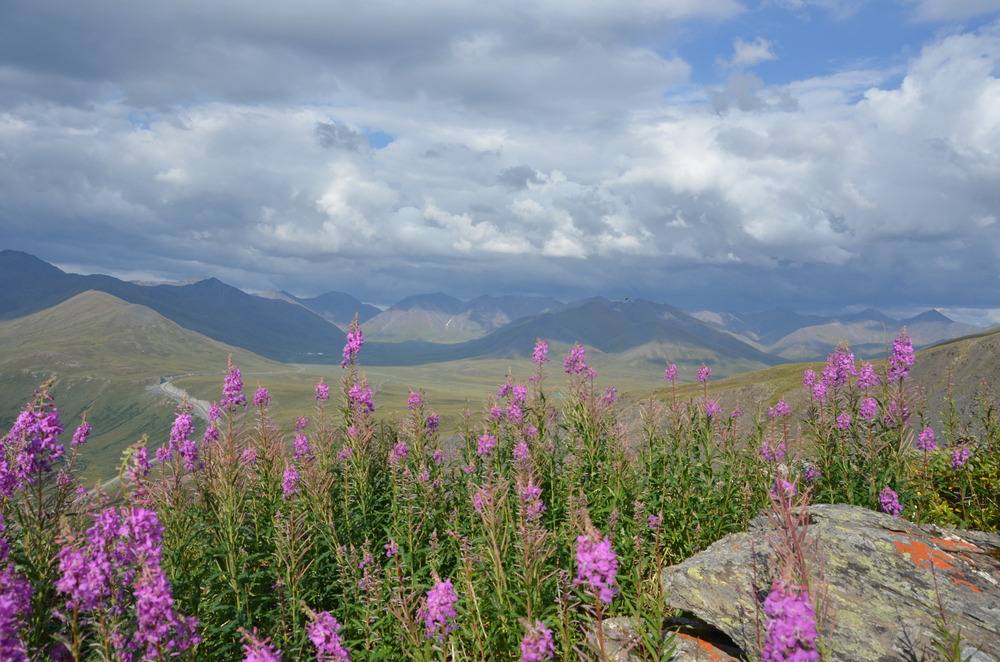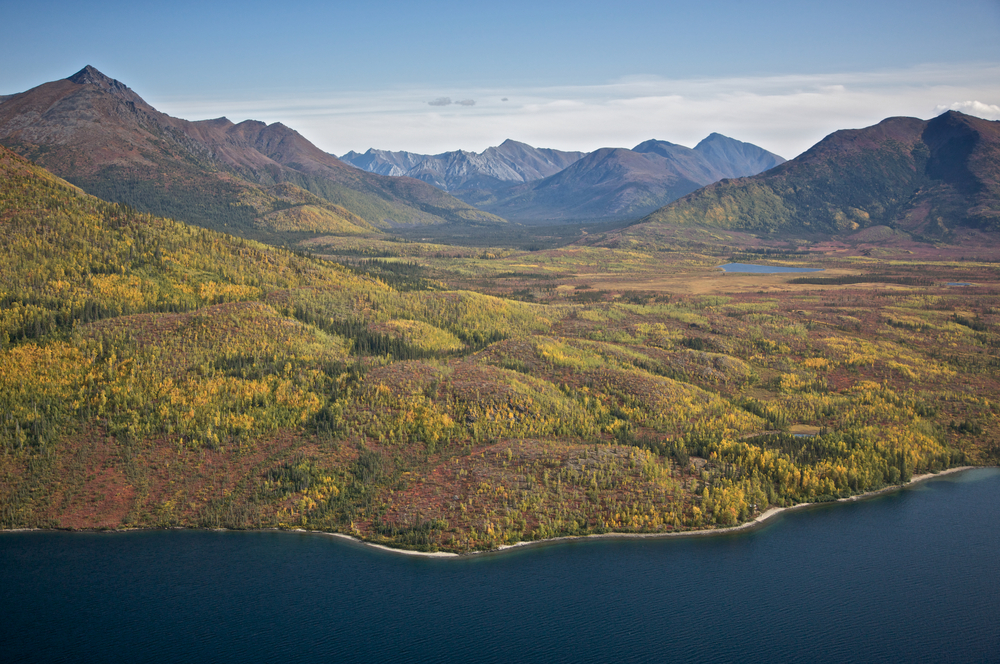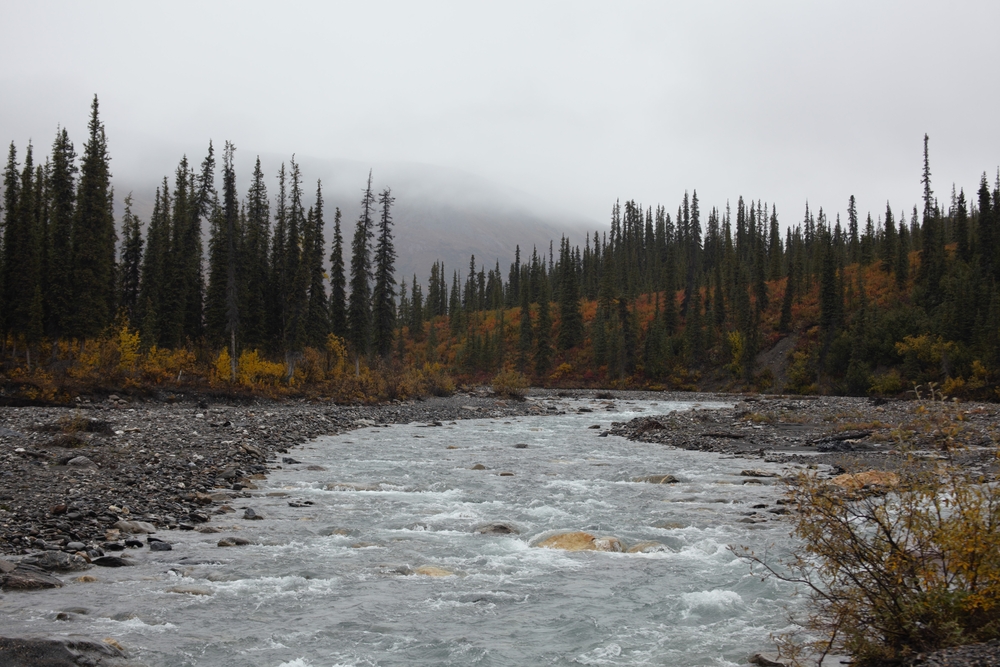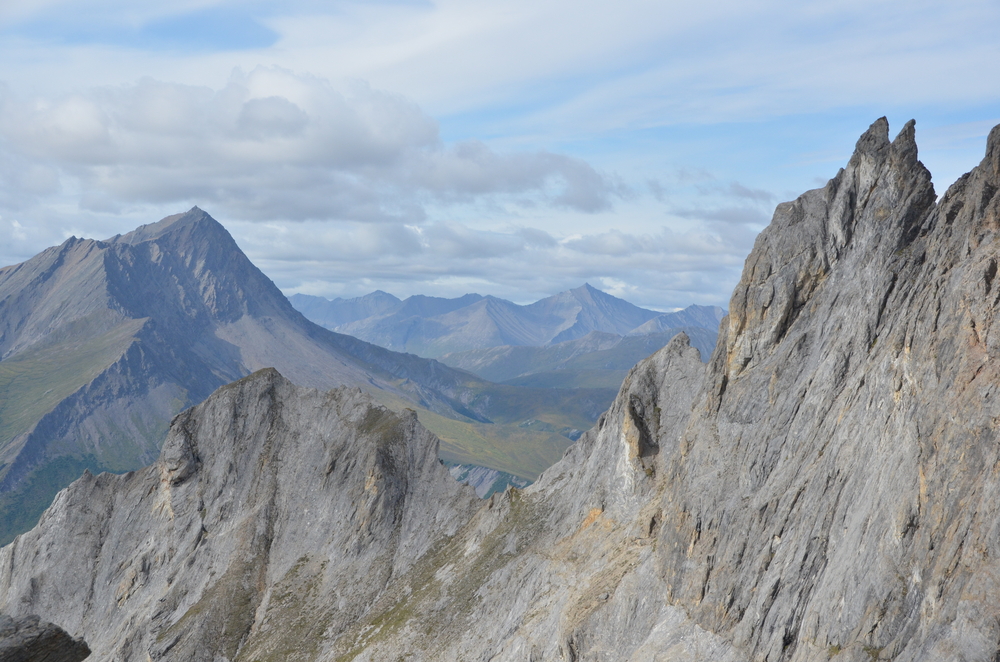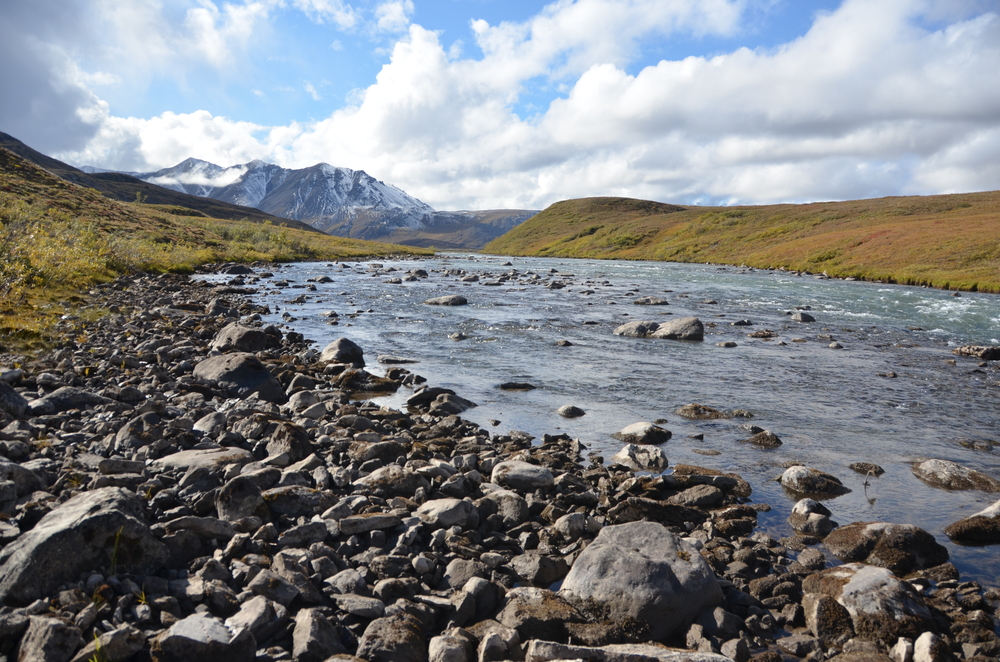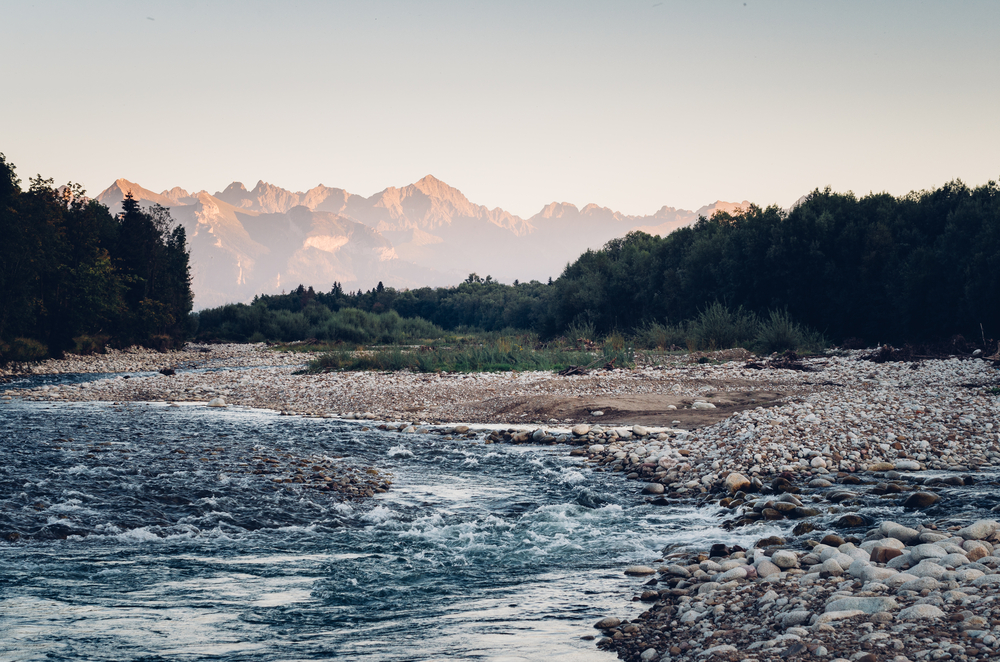Wilderness Life
Gates of the Arctic National Park, a remote and untouched wilderness in Alaska’s far north, is a haven for wildlife adapted to the harsh Arctic environment, offering visitors a rare glimpse into the pristine natural world where animals roam freely across vast landscapes of rugged beauty and ice.
Caribou – Roaming the park in large herds, Caribou are essential to the Arctic ecosystem, migrating across vast distances in search of food and breeding grounds.
Grizzly Bear – The formidable Grizzly Bear, with its powerful physique and keen survival skills, navigates the park’s diverse habitats in search of berries, fish, and small mammals.
Moose – The solitary Moose, the largest member of the deer family, browses the park’s dense willow thickets and forested areas, a majestic sight in the wild.
Gray Wolf – Operating in packs, Gray Wolves embody the wild spirit of the Arctic, working together to hunt caribou, moose, and smaller animals within the park.
Wolverine – The elusive Wolverine, known for its strength and tenacity, traverses the park’s expansive territories, scavenging and hunting in one of its few remaining strongholds.
Arctic Fox – With its white winter coat and keen hunting skills, the Arctic Fox is a master of camouflage and survival in the park’s snowy landscapes.
Dall Sheep – Grazing on the park’s high alpine ridges, Dall Sheep are known for their striking white coats and magnificent curled horns, a symbol of the Arctic wilderness.
Golden Eagle – Soaring above the park’s vast expanses, Golden Eagles are apex predators, hunting hares, ptarmigan, and even young caribou in their rugged domain.
Porcupine Caribou – Part of one of the largest caribou herds, the Porcupine Caribou undertake epic migrations through the park, a breathtaking natural spectacle.
American Pika – The tiny, vocal American Pika, adapted to cold mountain environments, is often heard before seen among the park’s rocky outcrops, gathering vegetation for winter.
Gates of the Arctic National Park’s incredible array of wildlife, from the migratory Caribou to the solitary Grizzly Bear, highlights the adaptability and resilience of species living at the edge of the world, offering profound insights into the natural cycles and survival strategies within one of the planet’s most extreme environments.








































































